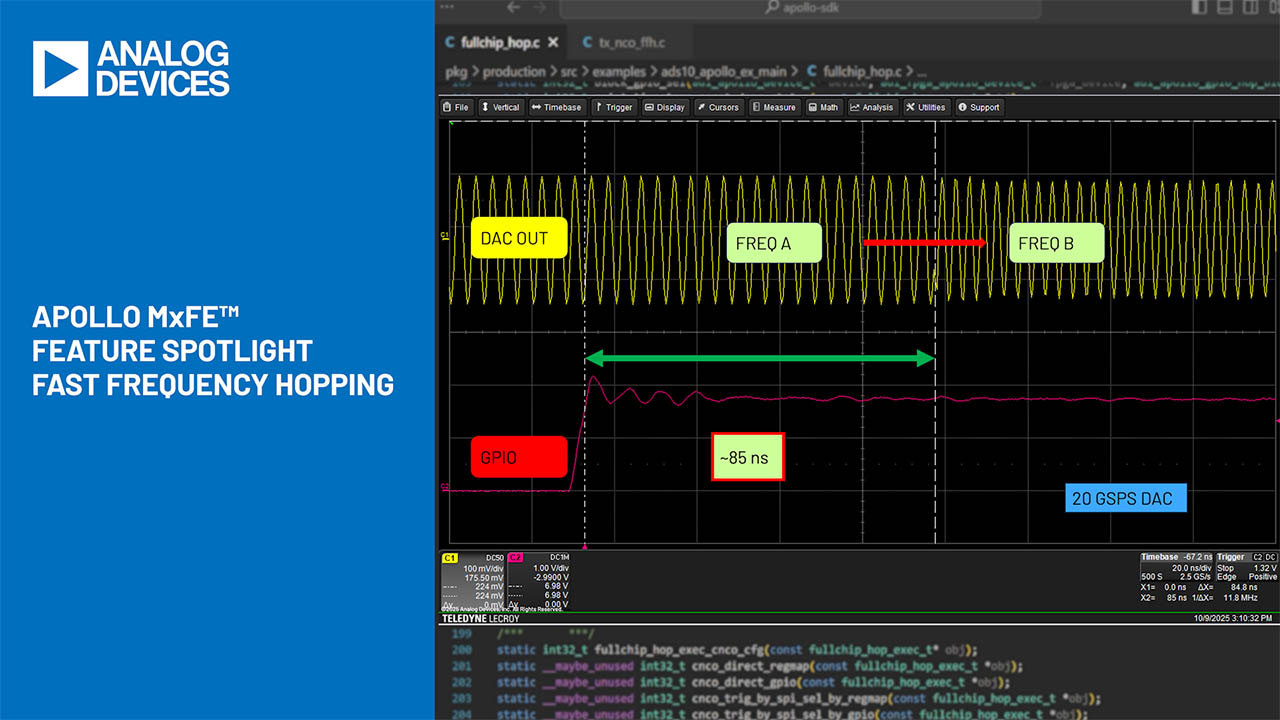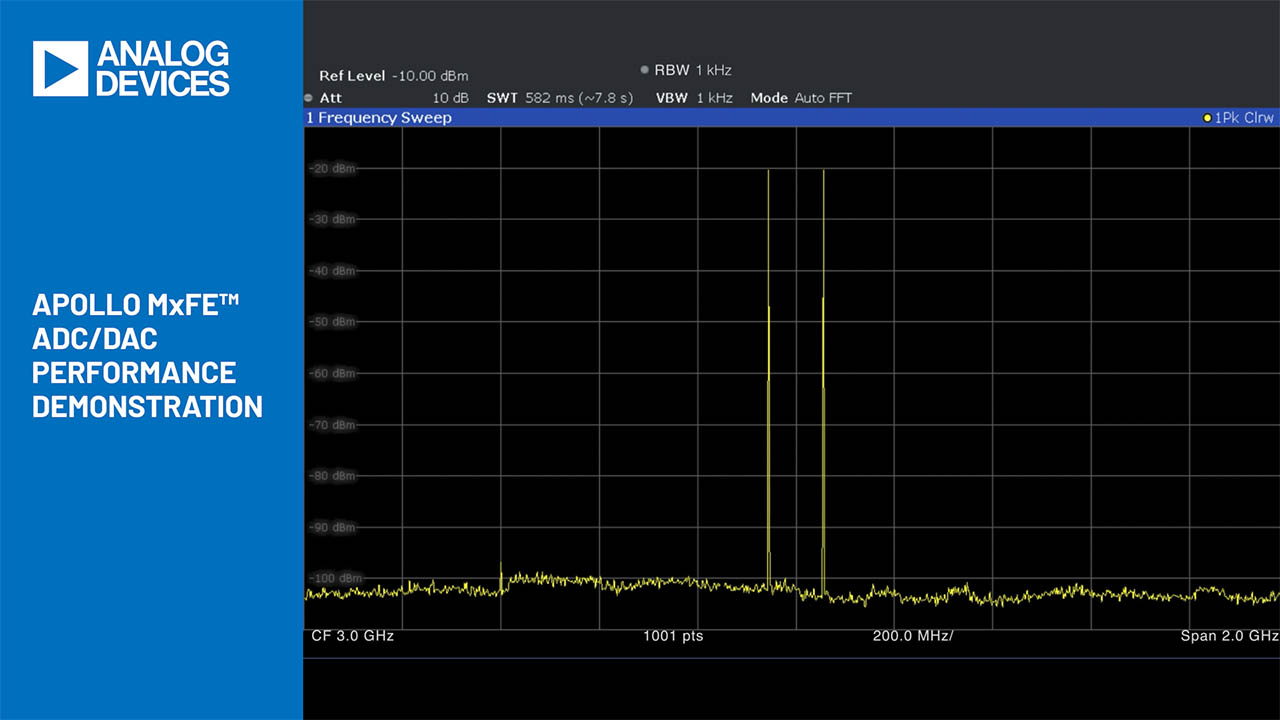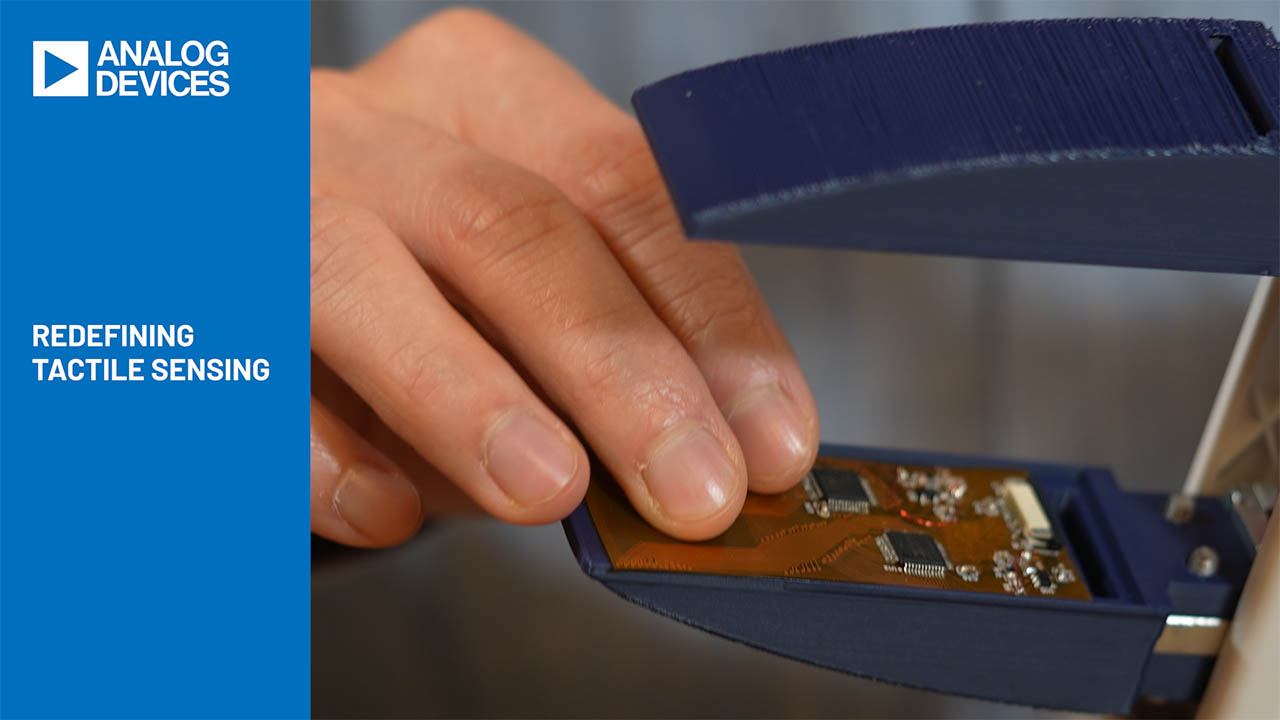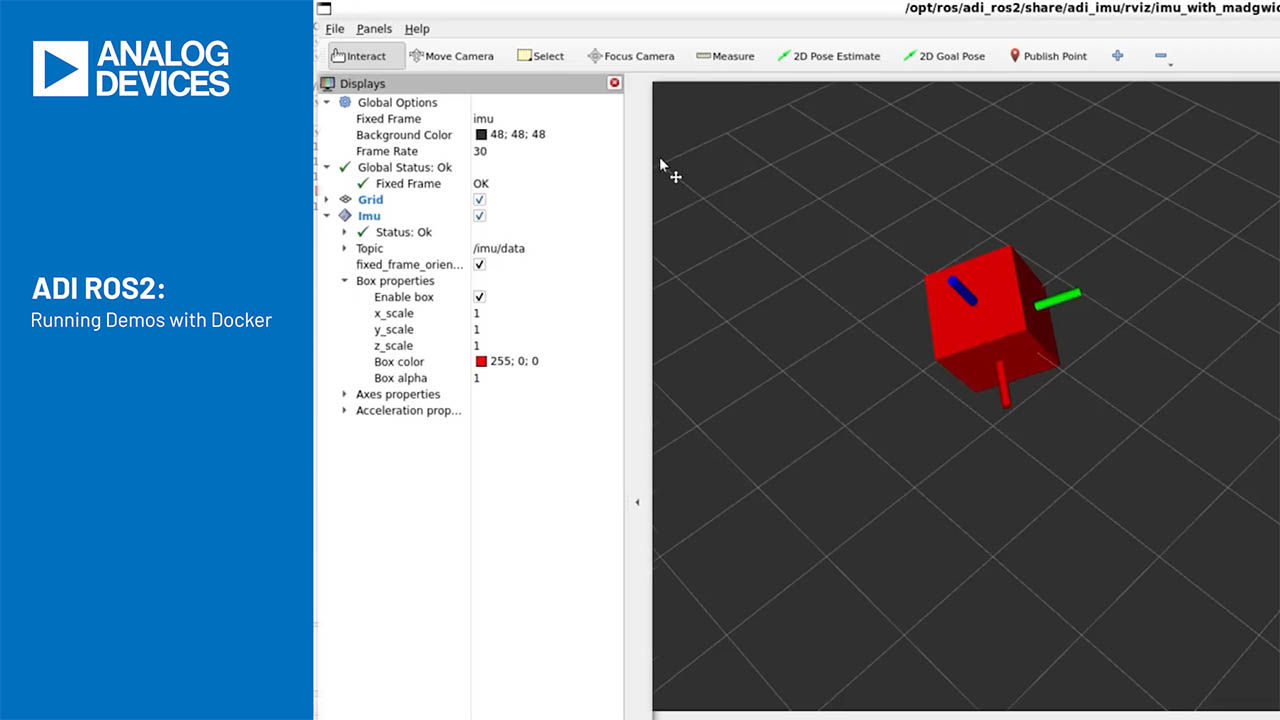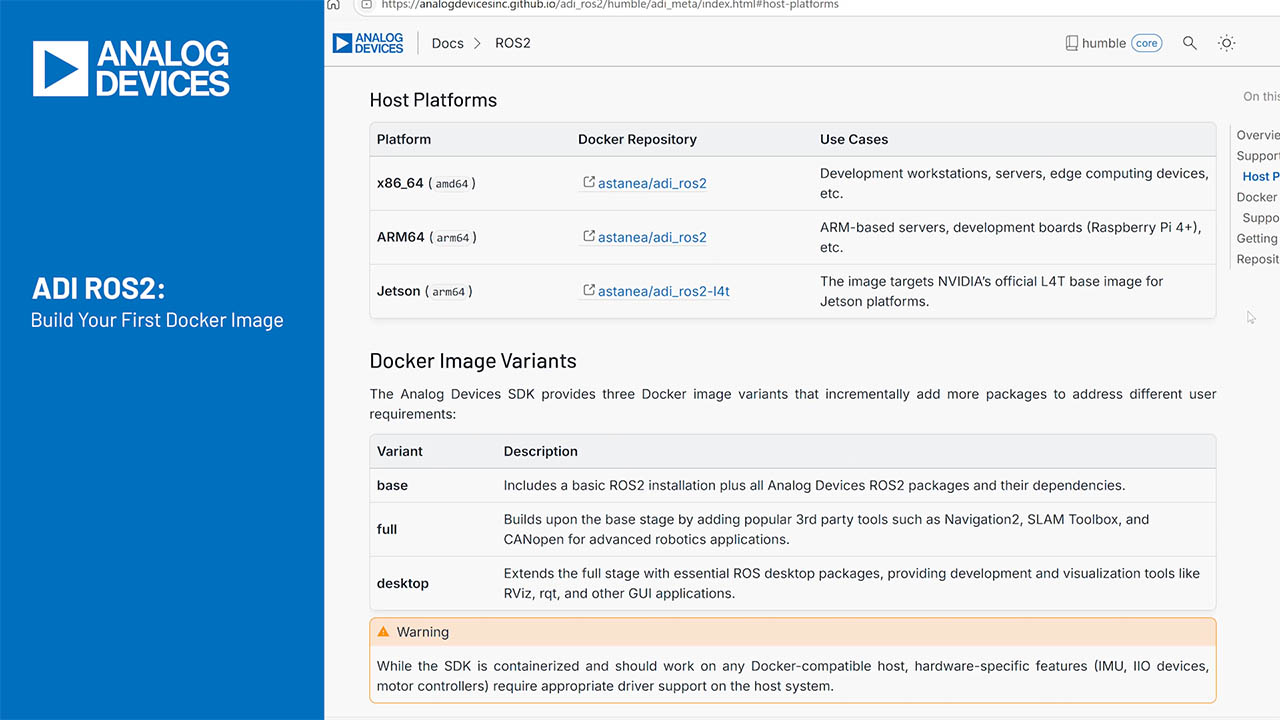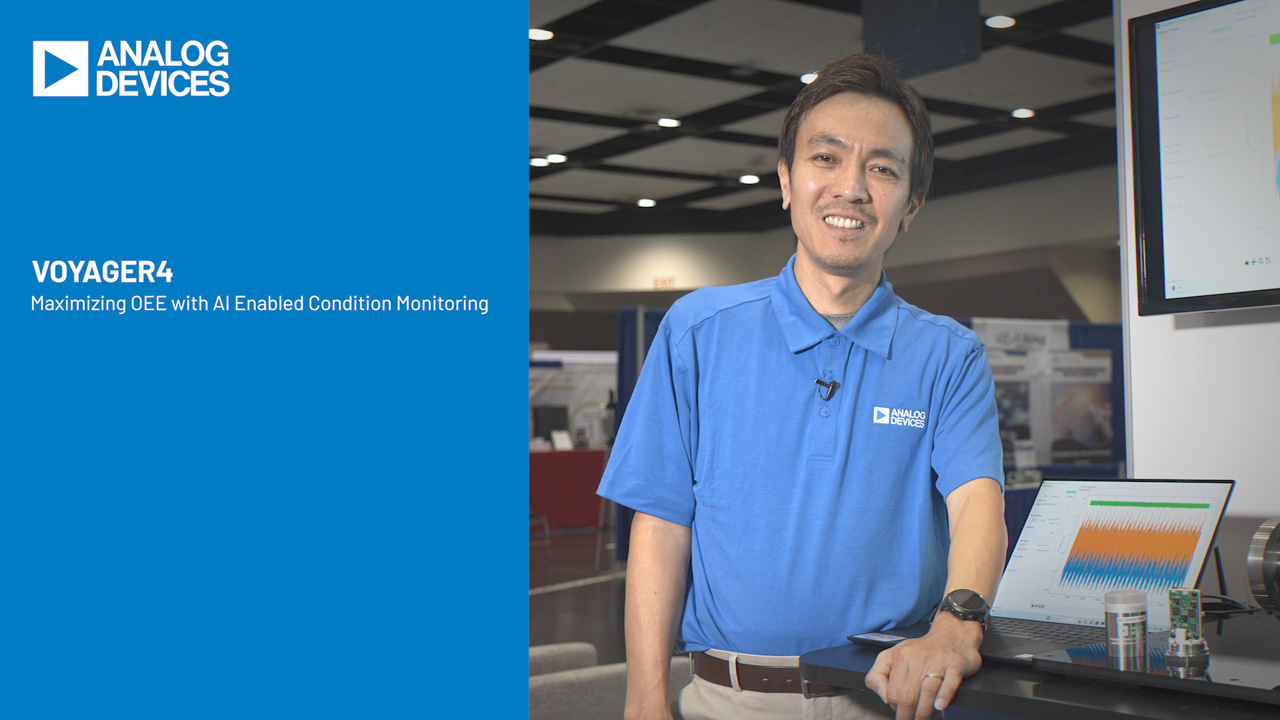Add an Extra 2000mA DC Current Range to a Simple Handheld Multimeter
Add an Extra 2000mA DC Current Range to a Simple Handheld Multimeter
by
Fons Janssen
Jun 10 2014
Abstract
Simple handheld multimeters often lack a DC current range of 2000mA, while they do have a higher current range of 10A. This application note shows that by adding a simple amplifier circuit, current in the 2000mA range can also be accurately measured.
Introduction
Simple handheld multimeters often have two inputs for DC current measurements. One input is usually for ranges up to 200mA and the other is for high currents up to 10A or 20A. There is no 2000mA range. So if you need to measure currents in the order of 250mA, you need to use the 20A range which offers limited accuracy and precision.
It is possible to add a 2000mA range without applying significant modifications to the meter. Simply add the following circuit (Figure 1).
 Figure 1. Schematic diagram of the additional amplifier circuit, which provides an extra current range of 2000mA to the multimeter. The grayed portion is the original circuit for the lower DC current ranges. The black portion is the added circuitry featuring the MAX44244 precision op amp.
Figure 1. Schematic diagram of the additional amplifier circuit, which provides an extra current range of 2000mA to the multimeter. The grayed portion is the original circuit for the lower DC current ranges. The black portion is the added circuitry featuring the MAX44244 precision op amp.
The gray part of this circuit is the existing portion for the lower-DC current ranges. The high-current input with the 0.01Ω sense resistor is reused for the extra range of 2000mA. The op amp is amplifying 100x so that the signal range is increased from 10mV/A to 1V/A. Since this voltage is not internally connected to the ADC of the meter, a separate path is needed. By using a wire with a banana plug, the voltage can be externally routed to the ADC via the voltage input of the meter. If the voltage is measured using the 2000mV range, the reading will show the current in milliamps. Figure 2 shows a schematic for making the connections during a measurement on the 2000mA range.
 Figure 2. Setup for measuring current in the 2000mA range. Route the current through the meter via the 10A input and measure the amplified sense signal in voltmeter mode on the 2000mV range.
Figure 2. Setup for measuring current in the 2000mA range. Route the current through the meter via the 10A input and measure the amplified sense signal in voltmeter mode on the 2000mV range.
Unfortunately, the accuracy of the sense resistor is often not very good. It can sometimes be several percent away from the nominal value, thus introducing a significant gain error. With the potentiometer, the gain can be modified to calibrate this gain error to 0. This can be done using an accurate meter or current source as a reference.
Since the amplification is quite high, the offset of the amplifier is a concern. The maximum input offset of this amplifier at room temperature is only 7.5µV, which is amplified to 750µV. For a 3½ digit meter this yields to less than 1 count (1mV) on the 2000mV range. So the impact of the offset is negligible.
The op amp will also put additional load on the battery. Fortunately, the op amp is very low power and consumes a maximum of only 160µA at room temperature. The feedback resistors add more load in the order of 10s of µA during a current measurement on the high-current input. A quick measurement shows that the multimeter itself consumes about 600µA during current measurements. So adding the op amp only increases the power consumption moderately and will not drain the battery quickly.
Implementation
Figure 3 shows the circuit added to a typical 3½ digit, handheld multimeter.
 Figure 3. Implementation. The sensed voltage is connected to the amplifier via two twisted wires (yellow/green). The output of the op amp is connected to a wire (pink) with a banana-plug, so that it can be connected to the voltage input of the meter. The op amp is hidden underneath the potentiometer.
Figure 3. Implementation. The sensed voltage is connected to the amplifier via two twisted wires (yellow/green). The output of the op amp is connected to a wire (pink) with a banana-plug, so that it can be connected to the voltage input of the meter. The op amp is hidden underneath the potentiometer.
Figure 4 shows the reading at 0mA. The offset of the amplifier is so low that it does not show up in the reading on the 3½ digit meter. The 5½ digit meter shows that the offset is roughly 480µV, which yields back to less than 5µV input offset.
 Figure 4. "Zero" measurement. The reading on the 5½ digit meter (right) shows that the offset after amplification is roughly 480µV. This is less than the LSB on the modified 3½ meter (left). Therefore, the offset error does not show up in the reading.
Figure 4. "Zero" measurement. The reading on the 5½ digit meter (right) shows that the offset after amplification is roughly 480µV. This is less than the LSB on the modified 3½ meter (left). Therefore, the offset error does not show up in the reading.
Figure 5 and Figure 6 show the improvement for a measurement just above the 200mA range. Using the modification, the measured current is precise and accurate. When using the 10A range, the reading is not precise since there are only 2 digits of information. Due to the gain error, the reading is also not very accurate. In this case the reading should be 0.30 instead of 0.32, yielding an error of 0.02/0.30 > 6%.
 Figure 5. Actual current measurement using the additional current range. After calibration, the meter can accurately measure a current in the 2000mA range.
Figure 5. Actual current measurement using the additional current range. After calibration, the meter can accurately measure a current in the 2000mA range.
 Figure 6. Current measurement using the 10A range. There are only two digits of information and the gain error is more than 6% due to the limited accuracy of the sense resistor.
Figure 6. Current measurement using the 10A range. There are only two digits of information and the gain error is more than 6% due to the limited accuracy of the sense resistor.



